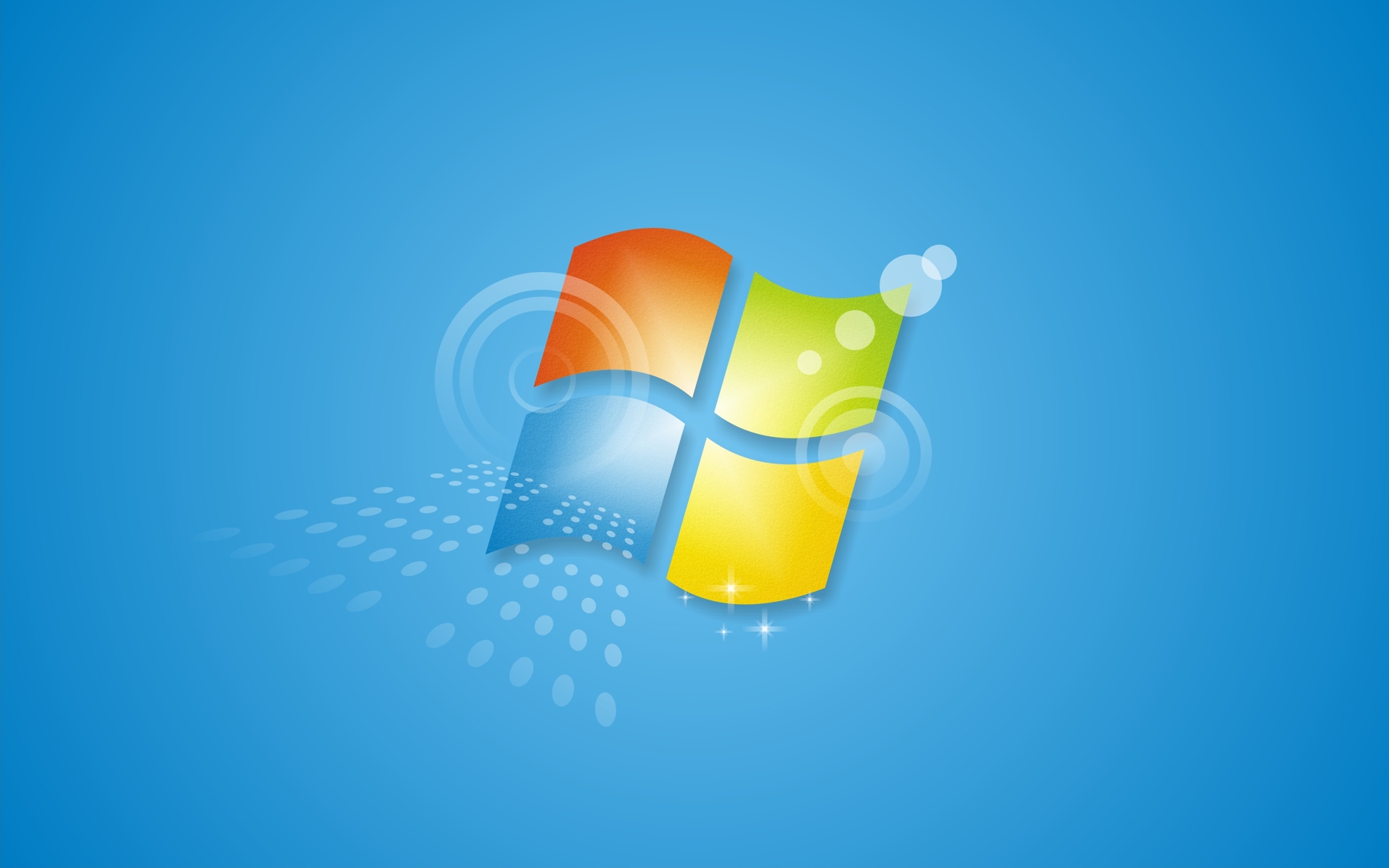
Microsoft prefers consumers to download a Windows 10 ISO from the Media Creation Tool instead of a direct download. It used to be easy to download Windows 7 ISO images until they were all removed from Digital River after sales of Windows 7 were discontinued in 2014. The best way to guarantee you are getting a clean and untouched Windows ISO image is by going directly to Microsoft themselves. Using a trusted source for the download is the preferable option. Of course, there are many unofficial sources but the files have often been cracked, tampered with or altered in some way. However, it’s more difficult to source official install media for older operating systems like Windows 7. It’s easy to get hold of a Windows 10 ISO image, burn it to DVD or write to USB and do a clean install. It’s also a good idea to clean install Windows 10 after upgrading so you are not transferring problems from your old Windows install.

Simply using Windows over time will eventually degrade its performance.

It doesn’t really matter what version of Windows you have, the best way to get your system working at its full speed and as issue free as possible is with a clean install of the operating system.

It was time for Valve to move on, especially since Steam relies on Google Chrome features and that web browser (alongside Microsoft Edge) has also dropped support for Windows 7 and 8.1 earlier this year. For Windows 8.1, that percentage drops to 0.34%. If Microsoft finally ended support for Windows 7 and Windows 8.1 back in January, there was still 1.52% of Steam users still running Windows 7 last month. The digital storefront will stop working on these unsupported versions of Windows after that date, and PC gamers who have yet to update to Windows 10 or Windows 11 will need to do it if they want to keep playing their games. Steam will drop support for Windows 7, Windows 8, and Windows 8.1 on January 1, 2024.


 0 kommentar(er)
0 kommentar(er)
